The sheep industry has not yet experienced any benefit from the devaluation of the pound, according to the National Sheep Association’s Scottish chairman, John Fyall.
“We’re being told that the price of lamb is up due to currency, but actually it is up everywhere; even in Ireland and France,” Fyall told Farmers Journal Scotland. “We’re not seeing any benefit. Imports can be balanced by currency, but the pound will rally again. My fear is that a report will come out at some stage saying that sheep is profitable again and then retailers will pin us down.”
Trade
“We have the opportunity to work with countries with far bigger marketing budgets than us to increase lamb consumption globally and help our spring undersupply to the home market,” Fyall said, adding that over half of the lamb and mutton produced in Scotland is exported south and beyond the UK. “We need to help the English ethnic markets engage with our product and re-establish our marketing representation for lamb abroad, which was sadly withdrawn in recent years.”
Elected to the role of chairman in February, Fyall has a number of skills up his sleeve. He has worked as a livestock auctioneer, practises in rural valuation/ land negotiation and runs a gritting company. He started farming in 2008 after working 20 years in the industry.
“In 2008 I took a tenancy of 87 acres, which I built up to 350 acres – all of which was unsubsidised until last year,” Fyall said. “The farm started completely on overdraft and I had to give reports to the bank every four months.”
The Aberdeenshire farmer runs 120 acres of organic ground on which he is building cow numbers; he has 30 pedigree Shorthorns to calve down. One hundred-eighty acres of the farm are a seasonal let, where the lambs for gimmering are kept. He bought 900 lambs last year and will sell some mules and Texel crosses this month, along with 380 NC Cheviots in Lairg in October.
“I went into the ewe lamb job because we’re on temporary ground and unsubsidised; we need to carry a flock we can sell at any minute. When someone starts farming it’s not just stock and a tractor you have to buy, it’s right down to the correct spanner – more than anyone can budget for. Unless you are absolutely committed, don’t go in to farming.”
Fyall describes his election as chairman as a “tremendous compliment”, he says there is a “really diverse committee there now and the young ambassador programme is working well”.
Where it comes to politics in the organisation, he says he wants to draw a line under it and move on: “The sheep industry needs to work together if we are to hang in. I’m not there to protect the sheep, I’m there to represent the working sheep farmers. A few years ago I became very disillusioned with the NFUS, as I believed that they were representing those with most to lose, not with the most to offer. However, I think things are changing and I have a good relationship with the current presidential team. The industry has to work together.”
With Brexit moving closer, it presents a challenge and an opportunity for the sheepmeat industry, he says.
“We now have the chance to reform agriculture. We’re here to farm, not to own land. At the moment we have the perfect storm of restrictive taxation, unearned subsidy systems and impetuous tenancy reform. However, we need to get past the political point scoring to make sure the sheep industry, which is the worst exposed, has a voice. As one of the people elected to represent the farming industry, it would be good to get useful time with Fergus Ewing, who we have little access to at the moment.”
Opportunities for sheep industry
Home consumption: “This is a massive opportunity for Scottish lamb. The AFBI report, using the FAPRI-UK economic modelling system, showed that in the event of a closed-door policy on trade post Brexit, that sheep prices would fall by 30% by 2025. However, I believe that when other red meat prices go up, as the model predicts, lamb would become a more attractive option for consumers. In saying that, we have some Scottish allegiance work to do and to open our minds to new ways of keeping standards consistent.”Breeding: “Take a good look at what you are doing and why. I’m not going to preach to breed societies. We have to produce a sheep the market wants. The market will always allow a level of personal indulgence. But why are we looking to New Zealand for genetics of sheep that are easily handled? We have it all here in our breeds.”Challenges for the sheep industry
The word ‘lamb’: “We have a new cohort of affluent young consumers who look for the best. We need to educate them around the term ‘lamb’. We need to make people realise that lambs have the most natural life of all farm animals and identify ‘lamb’ with a good life. Why do people disassociate themselves from fish or chicken, but not a cute lamb?”Consistency: “The consistency of the product needs to be researched. Sometimes what can put people off lamb is yellow-tainted fat, for example, which may be down to winter diet. Could we look at selling some of our old-season lamb in May-June again when there’s a flush of grass?”
The sheep industry has not yet experienced any benefit from the devaluation of the pound, according to the National Sheep Association’s Scottish chairman, John Fyall.
“We’re being told that the price of lamb is up due to currency, but actually it is up everywhere; even in Ireland and France,” Fyall told Farmers Journal Scotland. “We’re not seeing any benefit. Imports can be balanced by currency, but the pound will rally again. My fear is that a report will come out at some stage saying that sheep is profitable again and then retailers will pin us down.”
Trade
“We have the opportunity to work with countries with far bigger marketing budgets than us to increase lamb consumption globally and help our spring undersupply to the home market,” Fyall said, adding that over half of the lamb and mutton produced in Scotland is exported south and beyond the UK. “We need to help the English ethnic markets engage with our product and re-establish our marketing representation for lamb abroad, which was sadly withdrawn in recent years.”
Elected to the role of chairman in February, Fyall has a number of skills up his sleeve. He has worked as a livestock auctioneer, practises in rural valuation/ land negotiation and runs a gritting company. He started farming in 2008 after working 20 years in the industry.
“In 2008 I took a tenancy of 87 acres, which I built up to 350 acres – all of which was unsubsidised until last year,” Fyall said. “The farm started completely on overdraft and I had to give reports to the bank every four months.”
The Aberdeenshire farmer runs 120 acres of organic ground on which he is building cow numbers; he has 30 pedigree Shorthorns to calve down. One hundred-eighty acres of the farm are a seasonal let, where the lambs for gimmering are kept. He bought 900 lambs last year and will sell some mules and Texel crosses this month, along with 380 NC Cheviots in Lairg in October.
“I went into the ewe lamb job because we’re on temporary ground and unsubsidised; we need to carry a flock we can sell at any minute. When someone starts farming it’s not just stock and a tractor you have to buy, it’s right down to the correct spanner – more than anyone can budget for. Unless you are absolutely committed, don’t go in to farming.”
Fyall describes his election as chairman as a “tremendous compliment”, he says there is a “really diverse committee there now and the young ambassador programme is working well”.
Where it comes to politics in the organisation, he says he wants to draw a line under it and move on: “The sheep industry needs to work together if we are to hang in. I’m not there to protect the sheep, I’m there to represent the working sheep farmers. A few years ago I became very disillusioned with the NFUS, as I believed that they were representing those with most to lose, not with the most to offer. However, I think things are changing and I have a good relationship with the current presidential team. The industry has to work together.”
With Brexit moving closer, it presents a challenge and an opportunity for the sheepmeat industry, he says.
“We now have the chance to reform agriculture. We’re here to farm, not to own land. At the moment we have the perfect storm of restrictive taxation, unearned subsidy systems and impetuous tenancy reform. However, we need to get past the political point scoring to make sure the sheep industry, which is the worst exposed, has a voice. As one of the people elected to represent the farming industry, it would be good to get useful time with Fergus Ewing, who we have little access to at the moment.”
Opportunities for sheep industry
Home consumption: “This is a massive opportunity for Scottish lamb. The AFBI report, using the FAPRI-UK economic modelling system, showed that in the event of a closed-door policy on trade post Brexit, that sheep prices would fall by 30% by 2025. However, I believe that when other red meat prices go up, as the model predicts, lamb would become a more attractive option for consumers. In saying that, we have some Scottish allegiance work to do and to open our minds to new ways of keeping standards consistent.”Breeding: “Take a good look at what you are doing and why. I’m not going to preach to breed societies. We have to produce a sheep the market wants. The market will always allow a level of personal indulgence. But why are we looking to New Zealand for genetics of sheep that are easily handled? We have it all here in our breeds.”Challenges for the sheep industry
The word ‘lamb’: “We have a new cohort of affluent young consumers who look for the best. We need to educate them around the term ‘lamb’. We need to make people realise that lambs have the most natural life of all farm animals and identify ‘lamb’ with a good life. Why do people disassociate themselves from fish or chicken, but not a cute lamb?”Consistency: “The consistency of the product needs to be researched. Sometimes what can put people off lamb is yellow-tainted fat, for example, which may be down to winter diet. Could we look at selling some of our old-season lamb in May-June again when there’s a flush of grass?” 




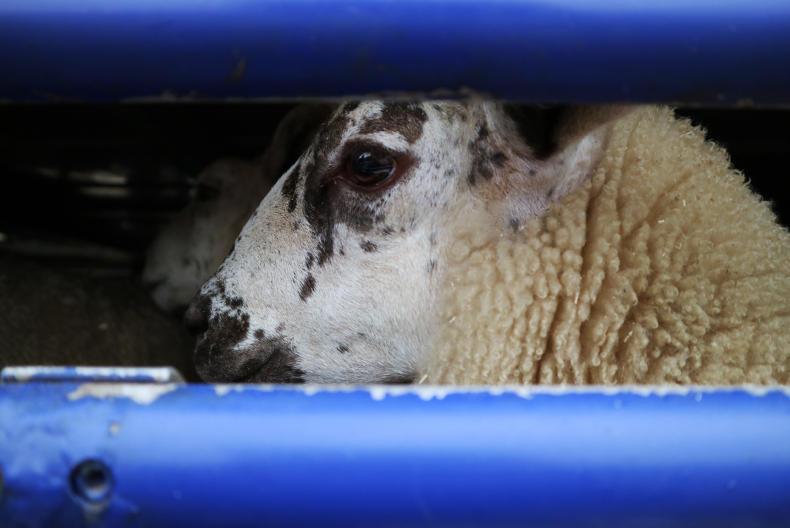
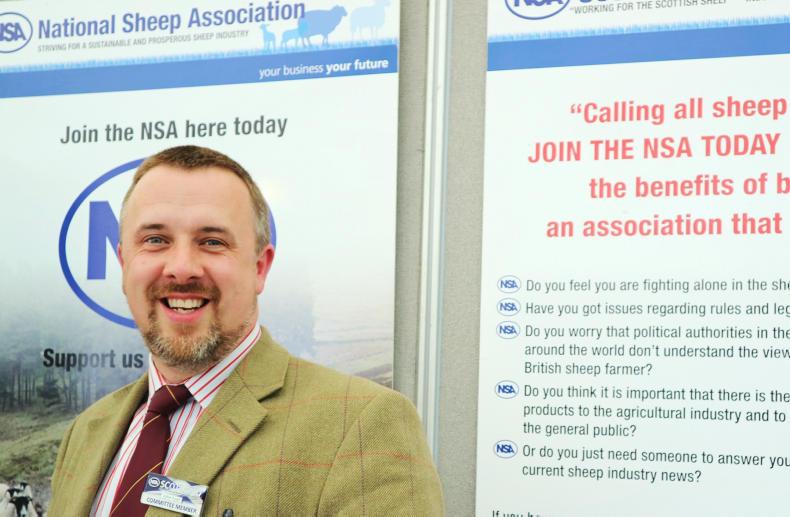

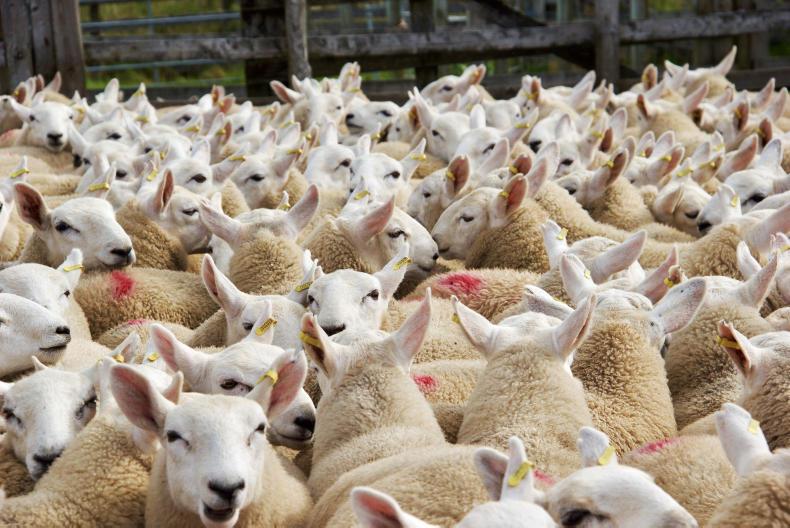
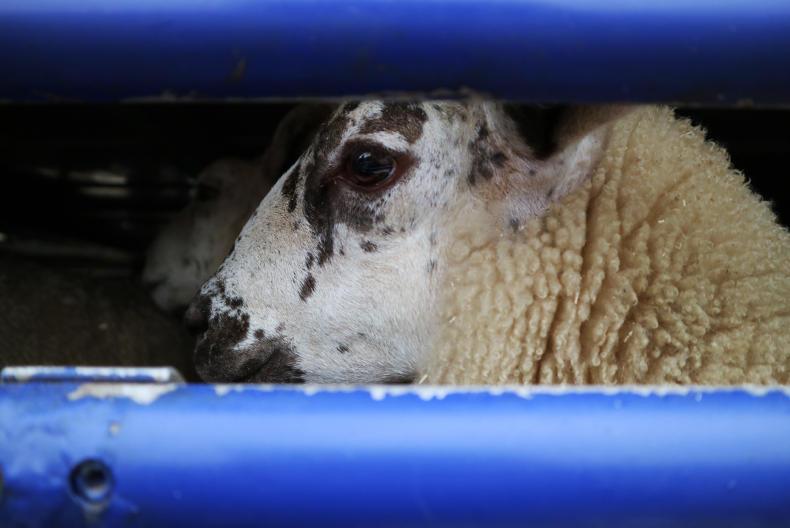
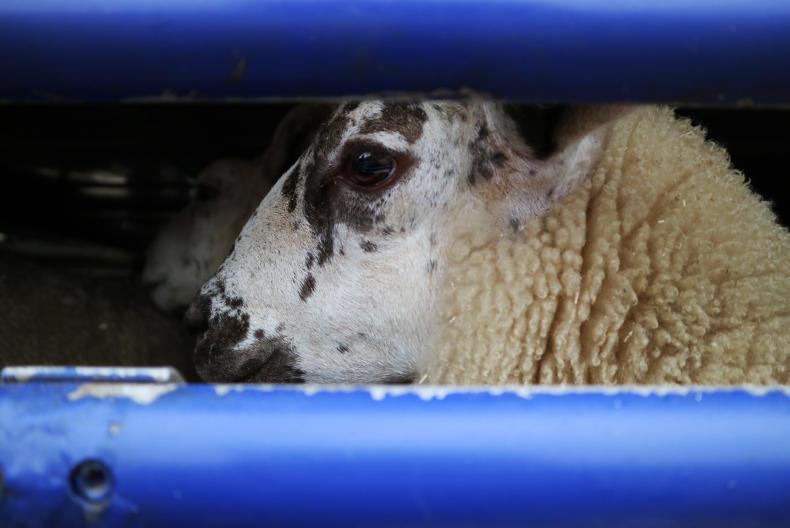
SHARING OPTIONS